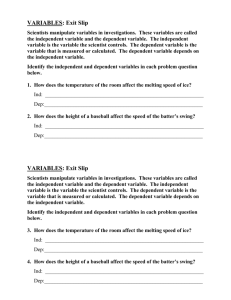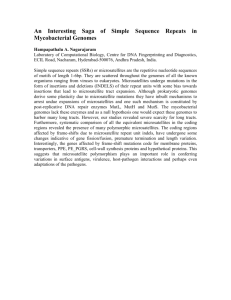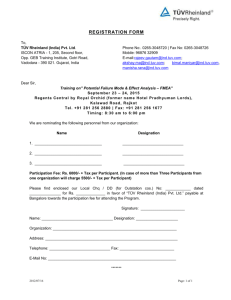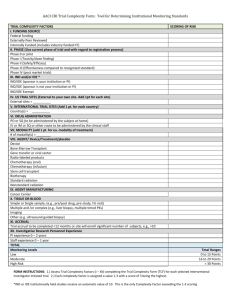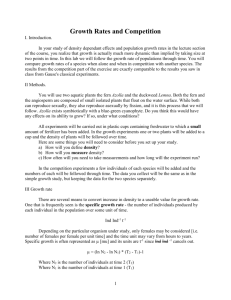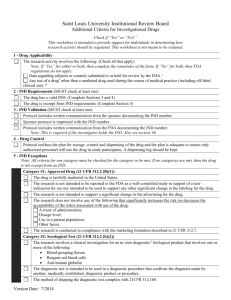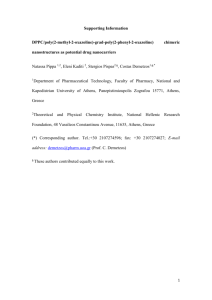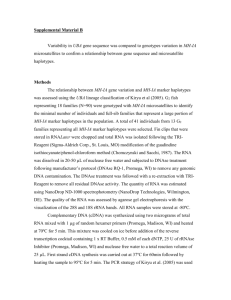The geographical distribution of the dog samples are as
advertisement
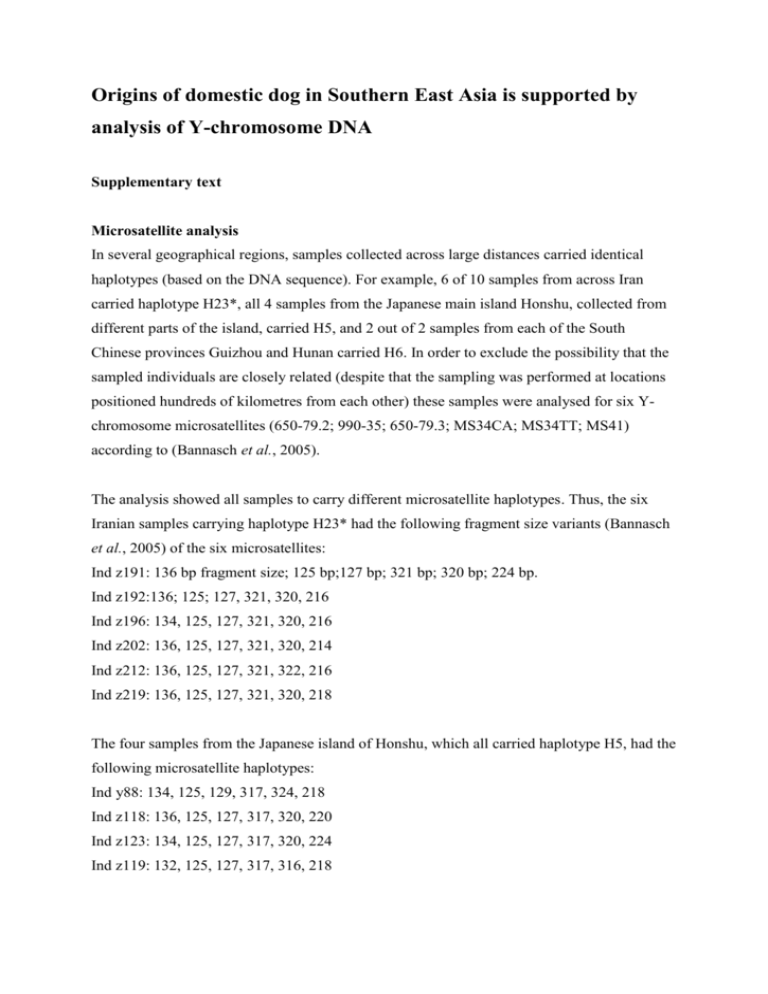
Origins of domestic dog in Southern East Asia is supported by analysis of Y-chromosome DNA Supplementary text Microsatellite analysis In several geographical regions, samples collected across large distances carried identical haplotypes (based on the DNA sequence). For example, 6 of 10 samples from across Iran carried haplotype H23*, all 4 samples from the Japanese main island Honshu, collected from different parts of the island, carried H5, and 2 out of 2 samples from each of the South Chinese provinces Guizhou and Hunan carried H6. In order to exclude the possibility that the sampled individuals are closely related (despite that the sampling was performed at locations positioned hundreds of kilometres from each other) these samples were analysed for six Ychromosome microsatellites (650-79.2; 990-35; 650-79.3; MS34CA; MS34TT; MS41) according to (Bannasch et al., 2005). The analysis showed all samples to carry different microsatellite haplotypes. Thus, the six Iranian samples carrying haplotype H23* had the following fragment size variants (Bannasch et al., 2005) of the six microsatellites: Ind z191: 136 bp fragment size; 125 bp;127 bp; 321 bp; 320 bp; 224 bp. Ind z192:136; 125; 127, 321, 320, 216 Ind z196: 134, 125, 127, 321, 320, 216 Ind z202: 136, 125, 127, 321, 320, 214 Ind z212: 136, 125, 127, 321, 322, 216 Ind z219: 136, 125, 127, 321, 320, 218 The four samples from the Japanese island of Honshu, which all carried haplotype H5, had the following microsatellite haplotypes: Ind y88: 134, 125, 129, 317, 324, 218 Ind z118: 136, 125, 127, 317, 320, 220 Ind z123: 134, 125, 127, 317, 320, 224 Ind z119: 132, 125, 127, 317, 316, 218 The two samples from Guizhou and the two from Hunan which carried haplotype H6, had the following microsatellite haplotypes. Ind D10076: 138, 125, 129, 317, 322, 212 Ind D10065: 140, 125, 131, 317, 322, 216 Ind D10041: 138, 125, 131, 317, 322, 212 Ind D9998: 142, 125, 127, 317, 322, 212 To conclude, all analysed samples carrying identical haplotypes for the Y-chromosome DNA sequence had different haplotypes based on the six microsatellites. The mutation rate for these microsatellites is not known, but the mean mutation rate has been estimated at 3.5x10-3 (Parra et al., 2009) for canine autosomal microsatellites and at 2.8x10-3 (Kayser et al., 2000) for human Y-chromosome microsatellites. Considering this, and that most individuals in each region differed for at least two microsatellites, the common ancestry of the dogs in each region likely goes several hundred years back in time. Additional references Kayser M, Roewer L, Hedman M, Henke L, Henke J, Brauer S et al. (2000). Characteristics and frequency of germline mutations at microsatellite loci from the human Y chromosome, as revealed by direct observation in father/son pairs. Am J Hum Genet 66:1580-1588. Parra D, García D, Mendez S, Cañon J, Dunner S (2009). High mutation rates in Canine tetranucleotide microsatellites: too much risk for genetic compatibility purposes? The open forensic science journal 3:9-13.
